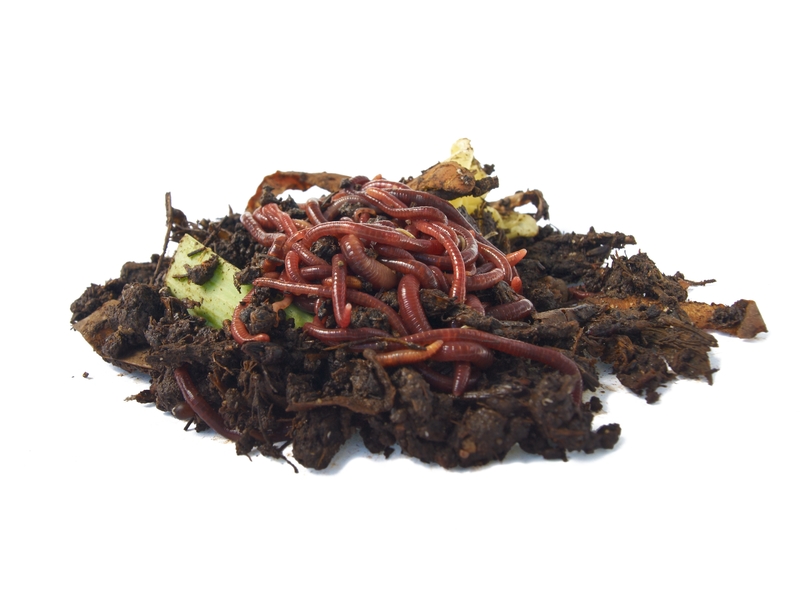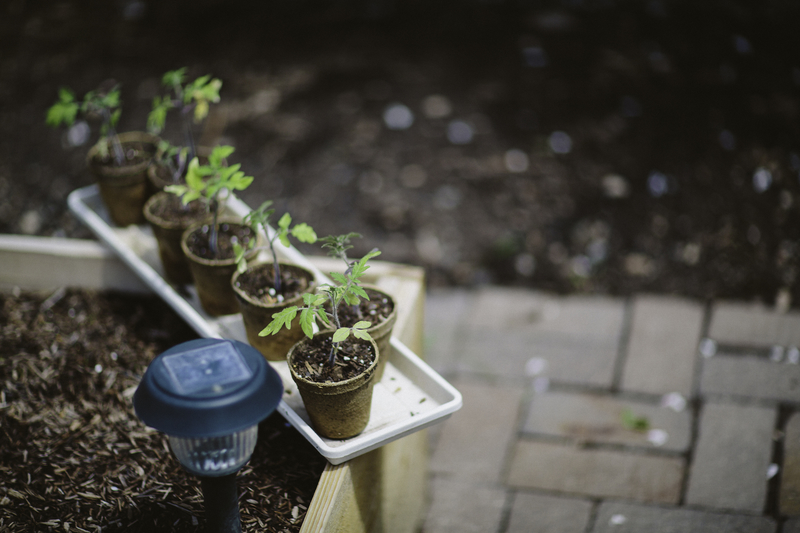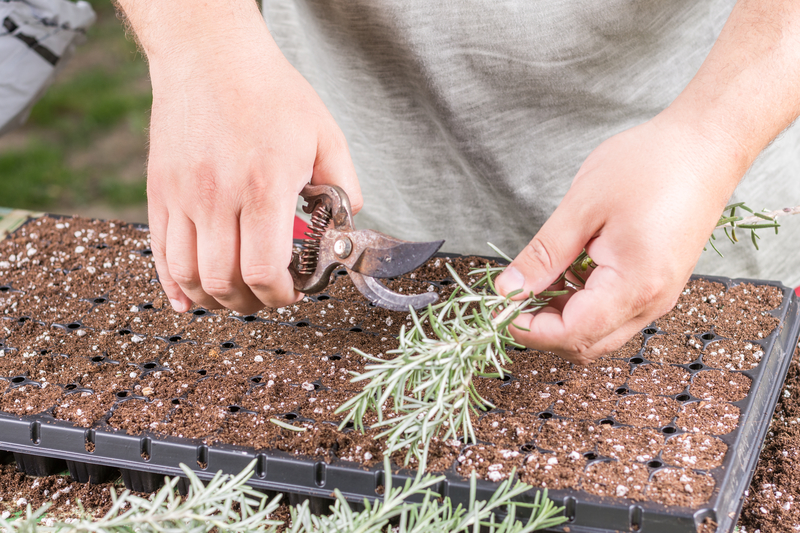Do-It-Yourself Worm Casting Methods for Compost
If you’re a homesteader, you probably know all about composting. Composting kitchen scraps are one of the best ways to fertilize your garden without chemicals and pesticides. Some of the most effective composters use worms to break down food. If you have a worm composter, then you might not know that worm castings – the … Read more








